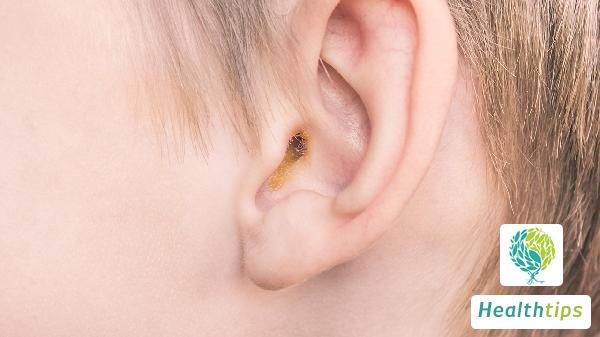What are the types of antihistamines?
Antihistamine drugs include diphenhydramine, cetirizine, desloratadine, and others. Through drug updates, they have now developed to the third generation. These drugs are mainly used for the treatment of allergic diseases, such as allergic rhinitis, allergic asthma, and other diseases. Long-term use of these drugs can easily lead to adverse reactions such as drowsiness, so they should be used cautiously by workers engaged in high-altitude operations or drivers. Antihistamines are blockers of histamine receptors, which may have evolved into several generations: 1. The first-generation drugs mainly include diphenhydramine, promethazine, chlorpheniramine, and others. 2. The second-generation drugs currently include cetirizine, loratadine, ebastine, azelastine, and others. 3. The third-generation drugs include fexofenadine, desloratadine, levocetirizine, and others. The main role of these drugs is anti-allergy, used for some allergic diseases such as allergic rhinitis, allergic asthma, urticaria, and so on. Some drugs also have anti-motion sickness and anti-vomiting effects, but these drugs may also have some side effects, such as drowsiness. Some drugs may also have cardiac toxicity and side effects. Some drugs are long-acting, while others are short-acting. Most of the new drugs are long-acting and only need to be taken once a day.




















